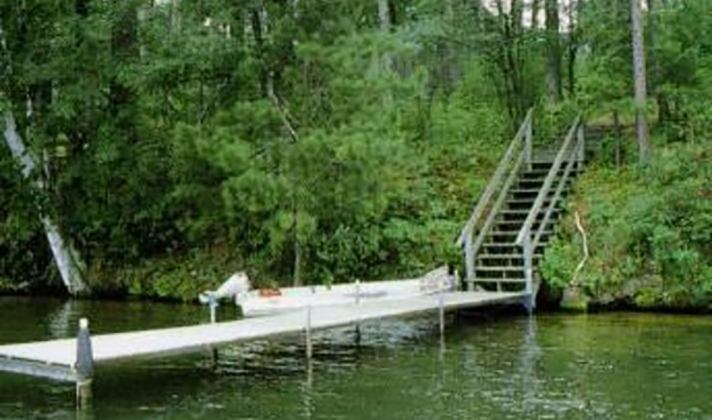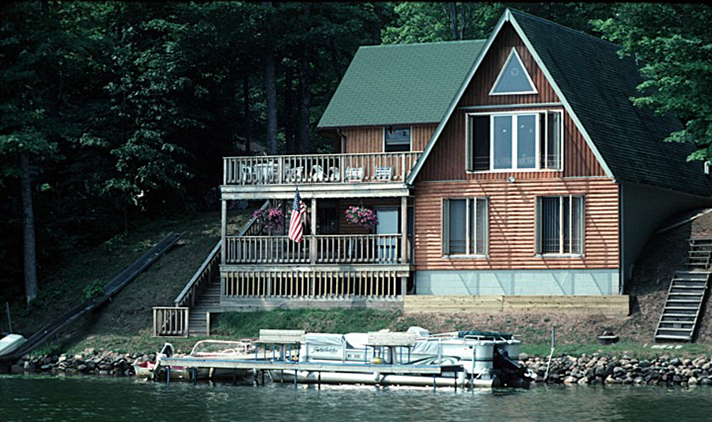Shoreland Zoning
The purposes for shoreland zoning are to:
- Maintain safe and healthful conditions
- Prevent and control water pollution
- Protect spawning grounds, fish, and aquatic life
- Prevent and control water pollution
- Control building sites, placement of structures, and uses
- Reserve shore cover and natural beauty
In addition, shoreland zoning protects the rights of all Wisconsin residents to access the water, fish, swim, boat, and enjoy the scenic beauty, which is also known as the public interest.

Where Shoreland Zoning Applies
Wisconsin statutes define shorelands as lands within 1,000 feet of the ordinary high-water mark (OHWM) of a navigable lake, pond, or flowage and lands within 300 feet or within the floodplain of a navigable river or stream, whichever distance is greater. Shoreland zoning applies in all unincorporated areas (towns), and may apply in cities and villages.

How zoning board decisions affect the health of our lakes, fisheries, and waterfront property values
Water runs downhill. The quality of our lakes and streams is ultimately a reflection of how we take care of the land. Waterfront properties have the largest impact the health of lakes and streams because they’re closest to the water. Specifically, we’ve learned that:
- Keeping trees, shrubs and native plants along the shoreline helps to stabilize the shoreline and prevents soil from eroding and smothering fish nests near the shoreline.
- Buildings closer to the water harm fish and water quality more than structures farther back from the water. Impervious (hard) surfaces like driveways and rooftops impact fish.
- Runoff from impervious surfaces carries sediments, nutrients, heat, and other pollutants into lakes and streams that lead to fewer fish because:
- More nutrients result in less oxygen in the water, which fish need to survive.
- More sediments and algae growth make it difficult for some predator species that hunt by sight to find their food.
- More sediments cover spawning beds of fish such as walleye, and crappie.
- Heat in runoff from hot pavement and rooftops can eliminate cold water fish like trout, and cool-water fish like northern pike and walleye. See how More Impervious Surface Equals Less Fish.



A study of over 1,000 waterfront property sales in Minnesota found that when all other factors remained equal, properties on lakes with clearer water commanded significantly higher prices. If water quality is degraded, lower property values could result. Waterfront properties make up a significant part of the tax base in many Wisconsin counties.
Zoning boards may only grant a variance to a shoreland ordinance if the applicant provides evidence that they meet all of the standards outlined in this Variance Shoreland Zoning Decision Form.
Resources
Shoreland Zoning, Zoning Board Handbook, Chapter 21
Variance Shoreland Zoning Decision Form, pdf
Wisconsin DNR, The Public Trust Doctrine, three videos about the Wisconsin waterways, Public Trust Doctrine
Impervious Surfaces 2013, a 20 page full color booklet describing how impervious (hard) surfaces impact lakes and streams.
Impervious Surfaces-Condensed 2019, a 6 page full color booklet describing how impervious (hard) surfaces impact lakes and streams. A shorter version of the 20 page booklet.
Waters Edge 2019, a 12 page full color booklet that describes the advantages of a natural, wildlife-friendly shore, and how you can restore, create, or maintain a natural shore without needing to give up your lawn and dock.




